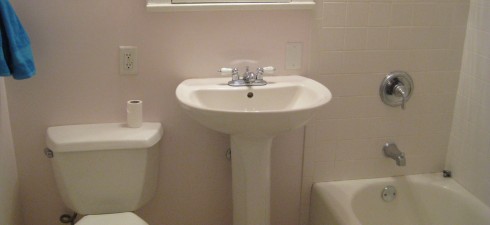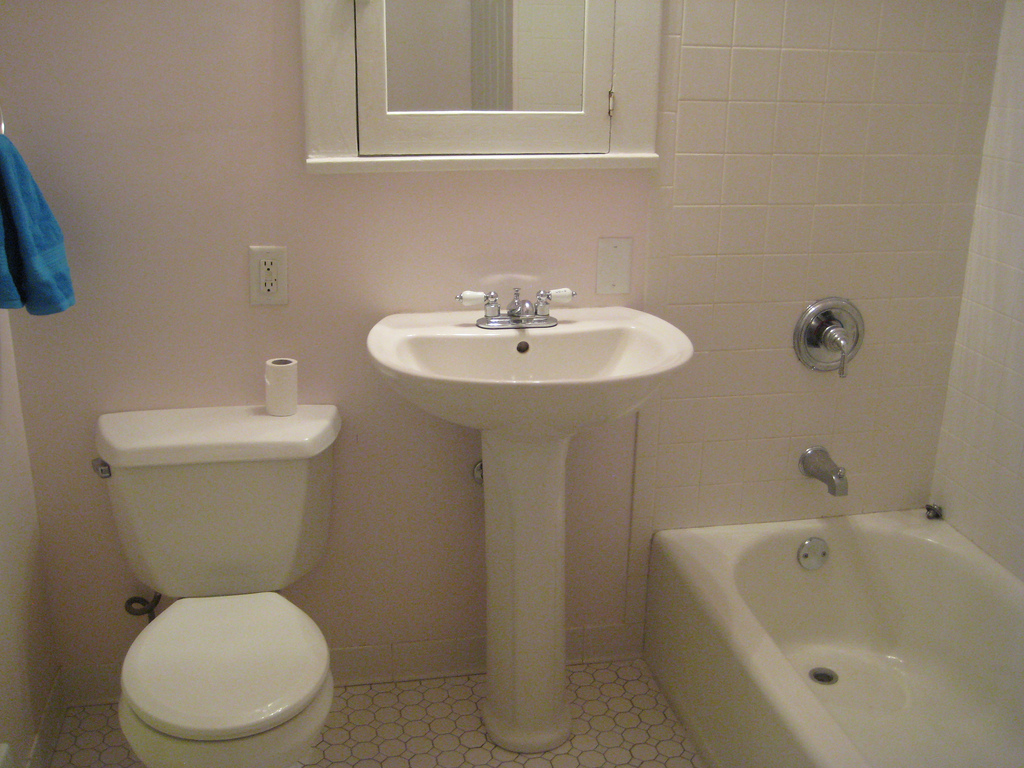My 14-year-old daughter recently said, “Mom, do you realize how many of your sentences begin with, ‘I just finished reading a book . . .’?” I paused for a moment, thinking about her question, and then realized-somewhat sheepishly-that she was right. So, in order to not break with tradition . . .
I just finished reading a book called The Body Project by Joan Jacobs Brumberg that talks about the way young women view their bodies and how they have sought to change them. Brumberg collected adolescent girls’ diaries from anyone and everyone who had one to share (including her own) and weaves personal stories taken from the diaries to tell the story of these girls’ attitudes towards their bodies from the Victorian Era to the early 1990s (the book was published in 1997).
The primary theme of the book is that-increasingly since the early 1900s-women have made their bodies into a “project,” seeking to change their bodies to fit changing societal standards. I was fascinated to read about the role of the market in this whole body “project.” Think about all the products we use to try to change our bodies or to try to hide things about our bodies that we don’t like. Brumberg talks about corsets, training bras, pre-manufactured clothing as opposed to clothing tailor-made to fit, facial creams, acne medicine, hair products, feminine hygiene products, dieting and fitness products, and birth control products.
The thing that caught my attention the most, however, was the ways in which modern bathrooms with indoor plumbing and mirrors dramatically influenced the way girls viewed their bodies. According to Brumberg, the mirror became a staple of the American middle-class home in the late 1800s.
Stop for a moment and imagine how differently we might view our bodies if it weren’t normal to have a mirror in your bathroom.
 When we moved into our house here a few years ago, we were surprised and annoyed to see that the main bathroom did not have a mirror. The previous owners had torn it out (leaving nail holes in the wall) and taken it with them. (I’m sure the bathroom mirror is considered part of the house unless you stipulate otherwise in the paperwork, but since they also ripped the toilet paper holder out of the wall, maybe it had sentimental value??) We left the bathroom mirror-less for a couple weeks, but then we just had to get a mirror-NOT having a mirror in the bathroom was just too weird. You stand over the sink to wash your hands and expect to see your face in the mirror above the sink, right? I expect to notice a stray gray hair or two. I expect to notice a zit or two and wonder why I still have those even though I turned 38 yesterday. I expect to notice if the part in my hair is skiwampus (that’s not a real word, is it?). I hardly wear make-up, but if I did, I’m guessing I’d want to be checking on that as well.
When we moved into our house here a few years ago, we were surprised and annoyed to see that the main bathroom did not have a mirror. The previous owners had torn it out (leaving nail holes in the wall) and taken it with them. (I’m sure the bathroom mirror is considered part of the house unless you stipulate otherwise in the paperwork, but since they also ripped the toilet paper holder out of the wall, maybe it had sentimental value??) We left the bathroom mirror-less for a couple weeks, but then we just had to get a mirror-NOT having a mirror in the bathroom was just too weird. You stand over the sink to wash your hands and expect to see your face in the mirror above the sink, right? I expect to notice a stray gray hair or two. I expect to notice a zit or two and wonder why I still have those even though I turned 38 yesterday. I expect to notice if the part in my hair is skiwampus (that’s not a real word, is it?). I hardly wear make-up, but if I did, I’m guessing I’d want to be checking on that as well.
If you think about it-mirrors are everywhere. They’re in public bathrooms, they’re in dressing rooms, they’re in your car. And don’t forget compact mirrors, which Brumberg says came about in the 1920s. I don’t have one of these (am I in the minority on this one?).
So what do you think of this idea of the body as a project? Does this ring true for you? Are there certain products that help define you? Do you think the bathroom mirror has influenced the way you see your body?


There are no mirrors in the bathrooms at Lagoon. It was weird, and a little annoying because I would have liked to check my hair, and see if my itching and watery eyes was making me look like Alice Cooper.
Fascinating! Sorry–I’m a guy, and a lazy guy at that, so I’ve never thought of my body as a project. But I love that bit about mirrors. And now I’ve got to add that book to my list. Sounds really interesting!
But Ziff–you’re now a father of a daughter, so watch out. Get the book! ;)
It is not the bathroom mirror in of itself that causes this thinking, I think it is the bathroom mirror in conjunction with the thousands of images we see a day of how our bodies are “supposed” to look — it’s the disparity that makes our heads spin.I think I was an adult with children before I actually saw any women’s bodies (at the gym, on UK TV) that weren’t highly stylized or photoshopped (and realized that my own body was far more normal than I realized). It’s strange — I can deconstruct images I see and that helps mitigate some of the anxiety, but not all of it. I think part of the reason that I’ve embraced yoga is that it has really helped me move into my body and think about how it feels to me instead of constantly thinking of it as something separate from me, an on-going project.
I agree about comparing ourselves to the images, but I still think the advent of the bathroom mirror in homes had to have heralded a lot more thinking/fixating on the body.
Also, when women began buying clothes in particular sizes rather than having their mothers or a seamstress make them to fit. Then they started feeling like: I’m too tall, my legs are too long, my torso is too short, etc. because they won’t fit into these pre-determined sizes. So interesting.
I’ve always pointed out all the doctoring that takes place with images. When Stuart was 4 or 5, he picked a magazine in the grocery store check-out line and pointed to a VERY doctored up image of an actress or singer (can’t remember who) and said, “Mom. Oh.my.gosh. This lady’s boobs are SO air-brushed.” :)
I think the sizing thing is huge. For one thing, the measurements tend to be based off of one type of figure — an hourglass — and if you don’t fit that shape (as many, many women don’t) then it is hard to find clothes that fit your body. To complicate matters, sizing varies wildly from store to store and women often become so attached to being a certain size.
I thought this article about a woman who went a month without looking in the mirror might interest you:
http://www.the-beheld.com/p/month-without-mirrors.html
Fascinating, Heidi! I thought about doing it just for a day. It would actually be hard. I’d have to intentionally cover up mirrors in the house because they’re in every bathroom. And how would I avoid them at work? Impossible. They’re everywhere!
And yes on the clothing. The author pointed out that EVERY manufacturer of women’s clothing has different sizes. That drives Brent NUTS. If he needs a pair of pants, he can buy it on-line. No need to try on. I have some things that are size 10, size 12, size 14. Same with shirts. It’s crazy.